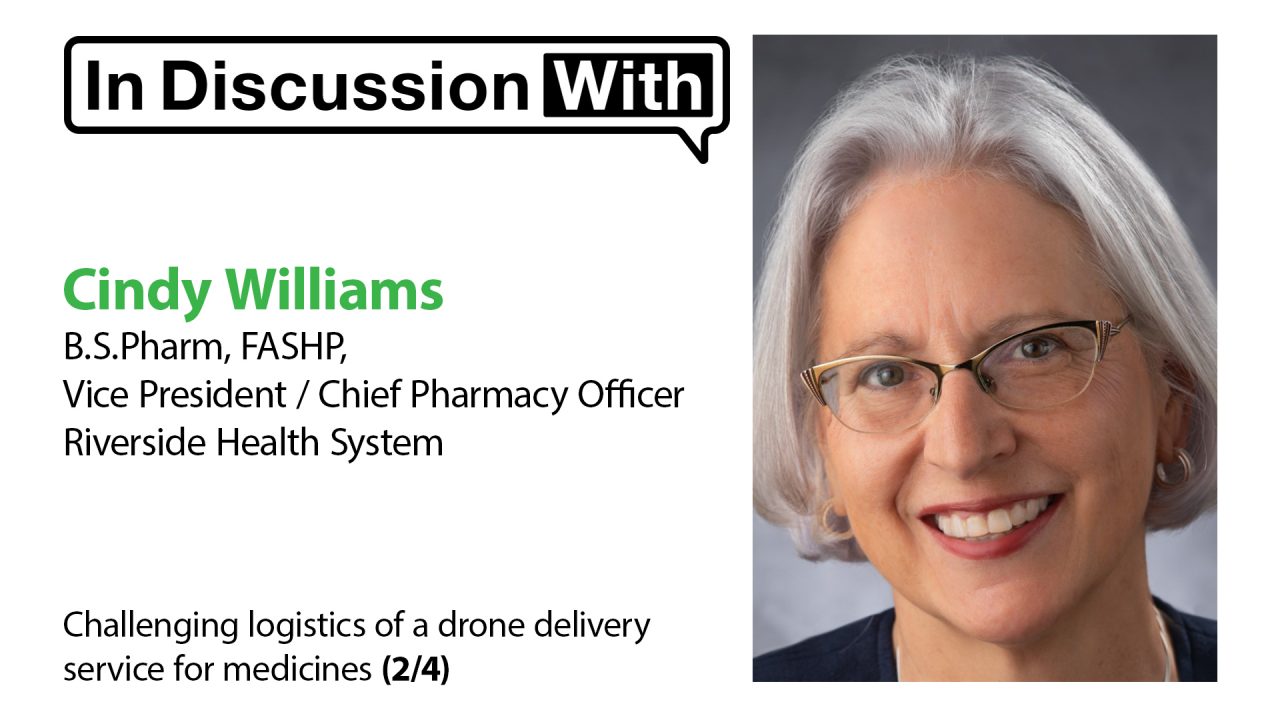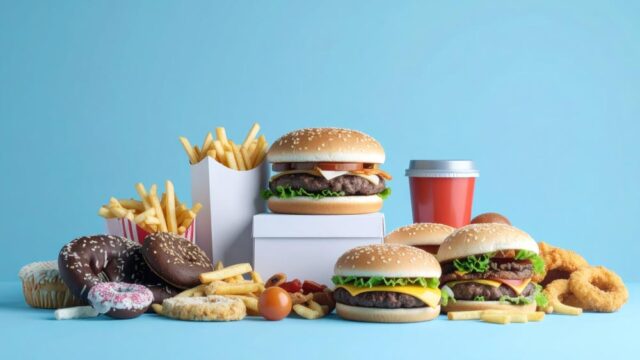Advertisment
Challenging logistics of a drone delivery service for medicines

The drone delivery service had to operate within a number of ‘guard-rails’ including restrictions on the types of medicines that could be carried and the suitability of destinations. It quickly became apparent that two different types of drone would be required, explains Cindy Williams, Vice President and Chief Pharmacy Officer at Riverside Health, Virginia, USA.
The basic premise of the project was that drone-delivery of medication to vulnerable populations would result in better health outcomes. However, there were some limitations on what could be carried. The Federal Aviation Authority (FAA) did not want aerosolised medications (e.g. inhalers) to be carried in case the pressure gradients affected the products and the Environmental Protection Agency (EPA) did not want hazardous substances such oral chemotherapy to be carried. In addition, the State Board of Pharmacy did not want the drones to carry medicines that may be damaged by wide temperature variations or Drug Enforcement Agency (DEA) controlled medications that might have the potential for diversion and abuse, such as opioids.
The next step was to identify a therapeutic area where improvements in health outcomes were readily demonstrable. Cardiac conditions, COPD and asthma were conditions of concern in the Eastern Shore area and hypertension was chosen for the pilot project as changes in blood pressure would be easy to record. “If we want to be able to measure how outcomes [change], hypertension becomes the easiest because blood pressure is a very, very specific monitor that we can manage over periods of time. So, that became the patient population that we wanted to target for the medication delivery”, explains Ms Williams.
During the pilot phase, dispensed (filled) prescriptions for these patients were delivered directly to patients’ homes. In order to comply with FAA regulations, in the first instance these had to be with in a two-mile radius (‘visual line of sight’) of the hospital. Once suitable patients had been identified, the drone partner (DroneUp) carried out a geo-mapping analysis to look for potential barriers to drone delivery such as power lines or tree canopy.
When the team started to consider delivery of medicines to patients on Tangier Island, 17 miles away, over water, from the hospital, it was clear that deliveries to individual patients would not be financially viable. For this situation, a larger drone was used that could deliver medicines to a Family Practice clinic from which patients could collect their medicines. This larger drone has to land, is unloaded by staff at the clinic and then released for take-off by the press of a button.
Read and watch the full series on our website or on YouTube.





